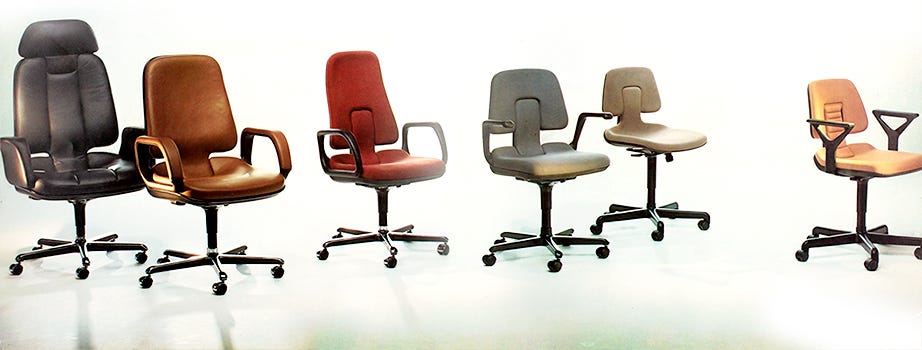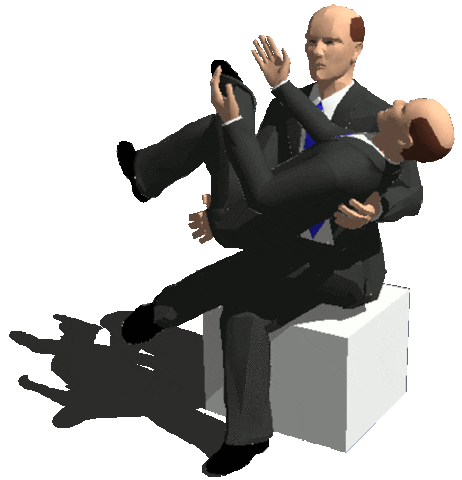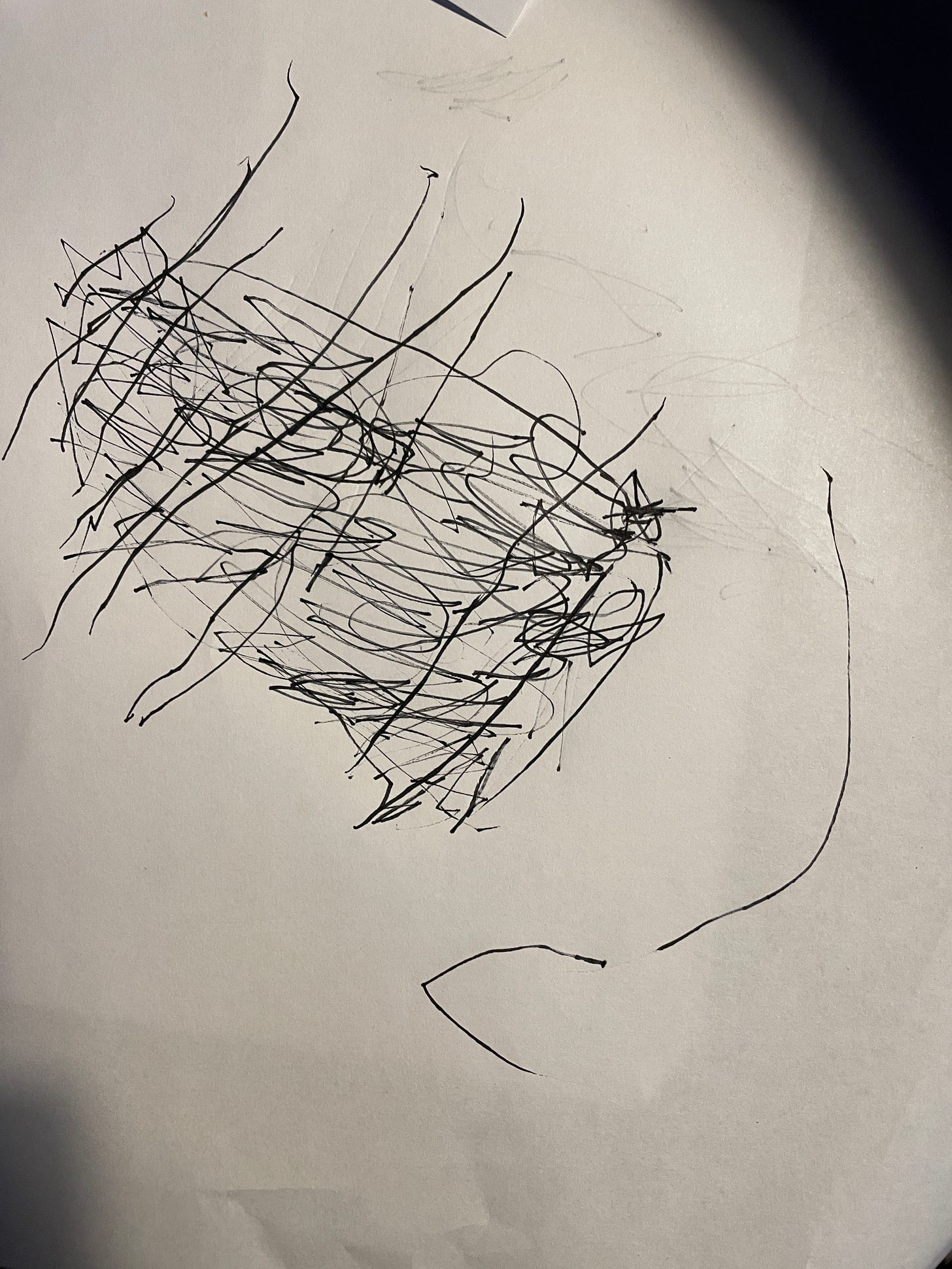Novelty + Value.
Information, unexpectedly.
That’s pretty much what an ad requires.
Strategy sets the “value.”
Creative brings the novelty.
Then everyone goes home. Easy peezy. 🙃
📣 I’m available part time.
Looking to fill ~20 hours a week.
What I do well:
Diagnosis (Research, Testing, Mapping, Personas, Audits, Insights).
Planning (Campaign Planning, Product Rollout, Positioning).
Implementing (Briefing, Portfolio Strategy, Project Support)
⚡️⚡️ Additionally, reduced rates for product strategy work!
This goes against pricing strategy best practices, but hoping to offset the brand image hit with new market growth.
Either way, let’s chat: alex@stratscraps.com
Printernet: It’s like Pocket or Instapaper, but every month you get a printed collection of everything you’ve saved.
From one of the many process docs I’ve created over the years
➔
From that same doc – an often overlooked part of the process is clear designation of “leads”
A couple internet links:
Spotify, but for nature sounds.
https://www.leaves.glass/
A helpful website for text manipulation. Type in text, and select any of these “procedures”
“Rolling the dice with zero experience is quite different than shooting from the hip informed by years of practice.
One is reckless, while the other is a calculable risk.
The difference is having the discipline to know the difference.”
From “Weighing the Risk: Pitching an Idea Before You've Nailed Down the Details” by Brian Buirge (link)
»»
What’s funny is the mixing of metaphors here actually does a disservice to the original (valid) point.
Rolling dice is an activity where skill has no influence.
Shooting from the hip is not.
Although this raises another interesting point…
Knowing the difference between skill vs chance based outcomes is also valuable.
The greater the similarity between two products, the less reason/rationality has a place
In anthropology, folkloristics, and the social and behavioral sciences, emic and etic refer to two kinds of field research done and viewpoints obtained:[1] emic, from within the social group (from the perspective of the subject) and etic, from outside (from the perspective of the observer)
“Rough layouts sell the idea better than polished ones. If you show a highly polished computer layout, the client will focus on the execution not the idea. Show a scribble. Explain it. Talk through it. Involve your client. Let them use their imagination.”
Yes, but also, sometimes no.
“If you get stuck, draw with a different pen. Layouts are typically drawn with felt tip pens on paper. Instead create layouts in watercolours, charcoal, pencils, fountain pens, real ink. Changing your tools can change your thinking.”
Metaphorically, this is crucial
A couple thoughts on AI…
We are so obsessed with seeing if AI can do the things we do, but the real potential is things humans are in capable of. What can’t you do that is now possible? 
“…there’s a difference between doing stuff for me (while I lounge in my Axiom pod), and giving me superpowers to do more stuff for myself, an online Power Loader equivalent.
The biggest learning from AI I’ve had is how little we value the process. We are so eager for the outcome, we don’t care how we get there. But the process is the part that builds. Without it, we are basically a shitty machine. Input → Output. With process, we become human, building on what we’ve done before. Uncovering the lateral thoughts that have no business as “the answer” but are just as important.
“Before students had access to CAD, drawing was the foundation oftheir work and was believed to be necessary “during all the developmentalstages of a mechanical design” ” (Ullman, 1990, p. 263).”
‘Intelligence is what you use when you don't know what to do
If you go deep first, and then simplify… keep in mind that you don’t need to show all of your work.
Here’s the link to a full process doc outline I made a while back:
WEEKLY MONSTER
I took my daughter out in a rowboat and a week later she hit me with this gut punch of a drawing of the boat (with the oars!)












